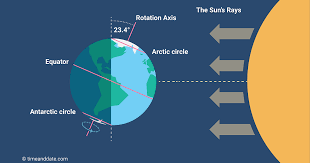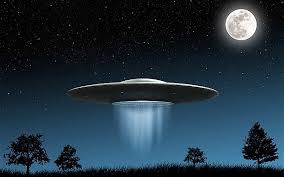
The United Nations General Assembly has adopted a resolution, proclaiming June 21 as the International Day of the Celebration of the Solstice. The celebration of the solstice is the embodiment of the unity of cultural heritage and centuries-long traditions, which plays a significant role in strengthening the ties among peoples on the basis of mutual respect and the ideals of peace and good-neighborliness, as mentioned in the resolution.
Daily Current Affairs Quiz 2020
Cultural significance
Culture is the set of distinctive spiritual, material, intellectual and emotional features of society or a social group, and it encompasses, in addition to art and literature, lifestyles, ways of living together, value systems, traditions and beliefs. Thus, culture is at the heart of contemporary debates about identity, social cohesion, and the development of a knowledge-based economy.
The solstices and equinoxes are events of particular relevance for indigenous peoples that symbolize the fertility of the land, agricultural and food production systems, cultural heritage and their millenary traditions and play a significant role in strengthening ties among indigenous peoples on the basis of mutual respect, complementarity, reciprocity and cooperation.
Science behind the Solstice
Solstices occur because Earth’s axis of rotation is tilted about 23.4 degrees relative to Earth’s orbit around the sun. This tilt drives our planet’s seasons, as the Northern and Southern Hemispheres get unequal amounts of sunlight over the course of a year. From March to September, the Northern Hemisphere is tilted more toward the sun, driving its spring and summer. From September to March, the Northern Hemisphere is tilted away, so it feels like autumn and winter. The Southern Hemisphere’s seasons are reversed.
On two moments each year, what are called solstices that earth’s axis is tilted most closely toward the sun. The hemisphere tilted most toward our home star sees its longest day, while the hemisphere tilted away from the sun sees its longest night. During the Northern Hemisphere’s summer solstice which always falls around June 21, the Southern Hemisphere gets its winter solstice. Likewise, during the Northern Hemisphere’s winter solstice which falls around December 22, the Southern Hemisphere gets its summer solstice.





